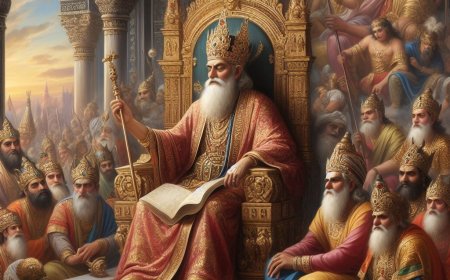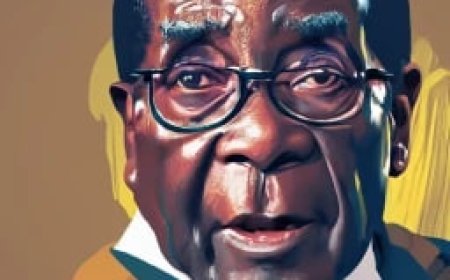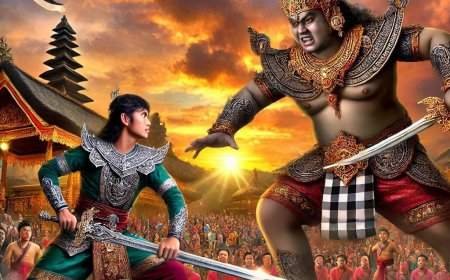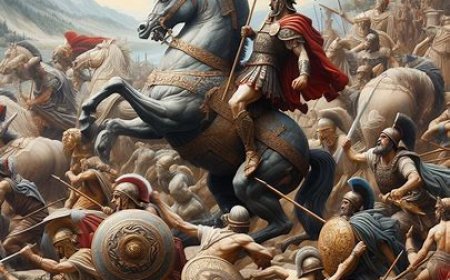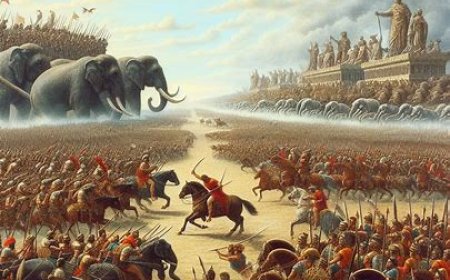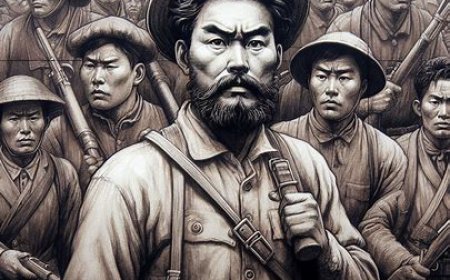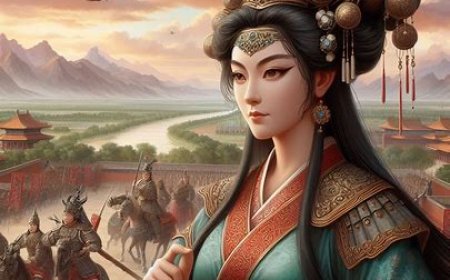The Fall of the Ming and the Rise of the Qing in 17th Century China
The fall of the Ming Dynasty and the rise of the Qing Dynasty brought significant changes to Chinese history. The Qing era lasted for almost three centuries and involved various crucial events, including interactions with Western nations and the Boxer Rebellion at the end of the 19th century.
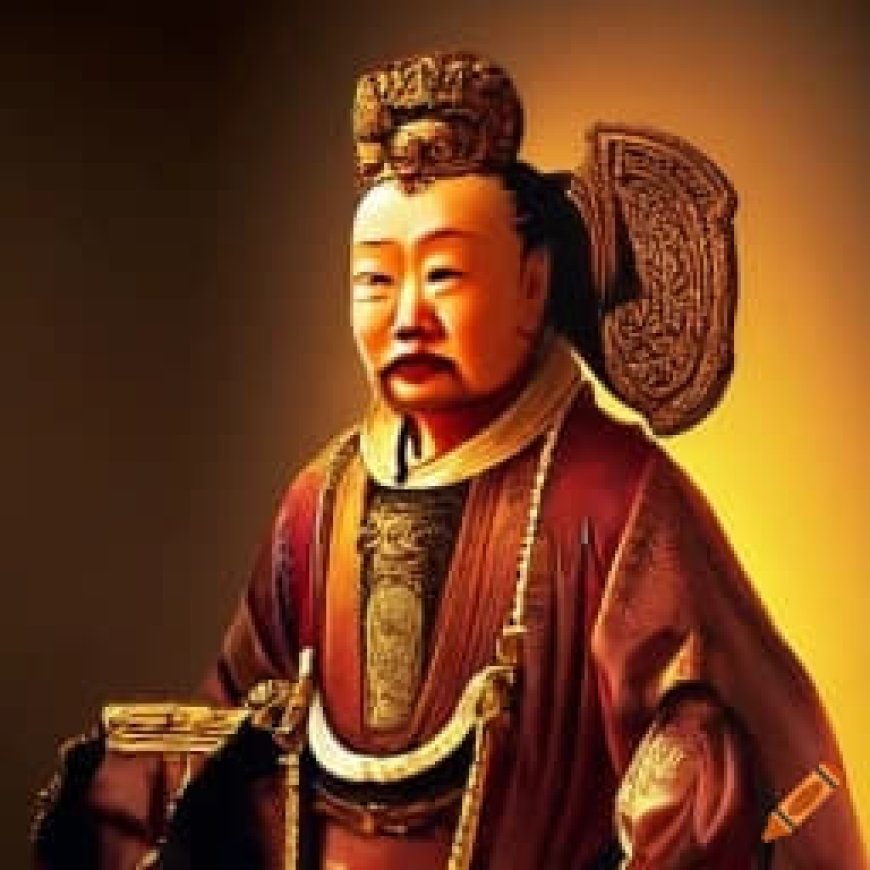
The Ming Dynasty was one of the most influential dynasties in the history of China, ruling from 1368 to 1644. Founded by Zhu Yuanzhang, a peasant who rose against the Mongol Yuan rule, the Ming Dynasty successfully restored Chinese governance to the hands of the Han ethnic group. The dynasty is renowned for significant achievements in the fields of art, literature, and science, as well as a substantial improvement in trade and the economy.
During the Ming Dynasty, China experienced a golden age in artistic and cultural development. Painting, classical literature, and handicrafts reached their zenith. One of the most famous contributions of the Ming Dynasty is the construction of the Great Wall of China, initiated as an effort to protect the territory from foreign invasions.
The Chinese economy thrived during the Ming Dynasty, with notable increases in agricultural production and trade. The era also witnessed notable inventions, including the development of movable type printing by Bi Sheng, leading to advancements in book production and literacy among the populace.
Despite reaching the pinnacle of glory, the Ming Dynasty faced internal and external challenges. Economic crises and erupted peasant uprisings, such as the Red Turban Rebellion and the Yellow Turban Rebellion, revealed dissatisfaction and social instability. Additionally, invasions from the Manchu people in the northern regions led to the downfall of the Ming Dynasty in 1644.
The fall of the Ming Dynasty paved the way for the Qing Dynasty, established by the Manchu people, to take control of the Chinese governance. Although the Ming Dynasty came to an end, its legacy of art, culture, and achievements continues to influence China and the world to this day.
The fall of the Ming Dynasty in 1644 was an event that marked the transition of power in China and paved the way for the establishment of the Qing Dynasty. Here is a comprehensive explanation of the fall of the Ming Dynasty:
1. Background of the Ming Crisis
The Ming Dynasty, which had ruled for almost three centuries, faced various issues in the 17th century. Economic crises, social upheavals, and dissatisfaction with a corrupt government led to structural weaknesses in Ming governance. These factors weakened imperial authority, creating openings for rebellion and foreign invasions.
2. Peasant Rebellions and Erosion of Authority
In the early 17th century, peasant uprisings, such as the Great Peasant Rebellion, shook China. Economic hardships and popular discontent led to territorial losses and the decline of Ming authority. These rebellions created instability and allowed rebel groups to gather strength.
3. Inability of the Ming Dynasty to Resist Invasion
The Ming Dynasty's inability to repel foreign invasions became a crucial factor in its downfall. Manchu forces, an ethnic group in northern China led by the Qing Dynasty, successfully breached the Great Wall and invaded China. In response to this invasion, Ming Emperor Chongzhen took ineffective measures and ultimately took his own life.
4. Establishment of the Qing Dynasty
The Qing Dynasty, founded by the Manchu people, successfully captured Beijing in 1644. Qing Prince Dorgon declared himself regent for the young Emperor Shunzhi. The establishment of the Qing Dynasty ended the Ming Dynasty and marked the beginning of a new era in China.
5. Battle around Shanhai Pass
The famous Battle of Shanhai Pass expedited the fall of the Ming Dynasty. Manchu forces conquered this strategic fortress, paving their way to capture Beijing and establish the Qing Dynasty.
6. Social and Cultural Effects
The fall of the Ming Dynasty had a profound impact on Chinese society and culture. Many Han ethnic groups, the majority in China, felt marginalized and responded by initiating rebellions and resistance against the new Qing government.
7. Rebellions and Violence
Post the fall of the Ming Dynasty, a series of rebellions and resistance against the Qing government occurred. One of the most notable was the Taiping Rebellion (1850-1864), which became one of the largest conflicts in world history.
The fall of the Ming Dynasty and the rise of the Qing Dynasty brought significant changes to Chinese history. The Qing era lasted for almost three centuries and involved various crucial events, including interactions with Western nations and the Boxer Rebellion at the end of the 19th century.
(source: chatgpt)
What's Your Reaction?












